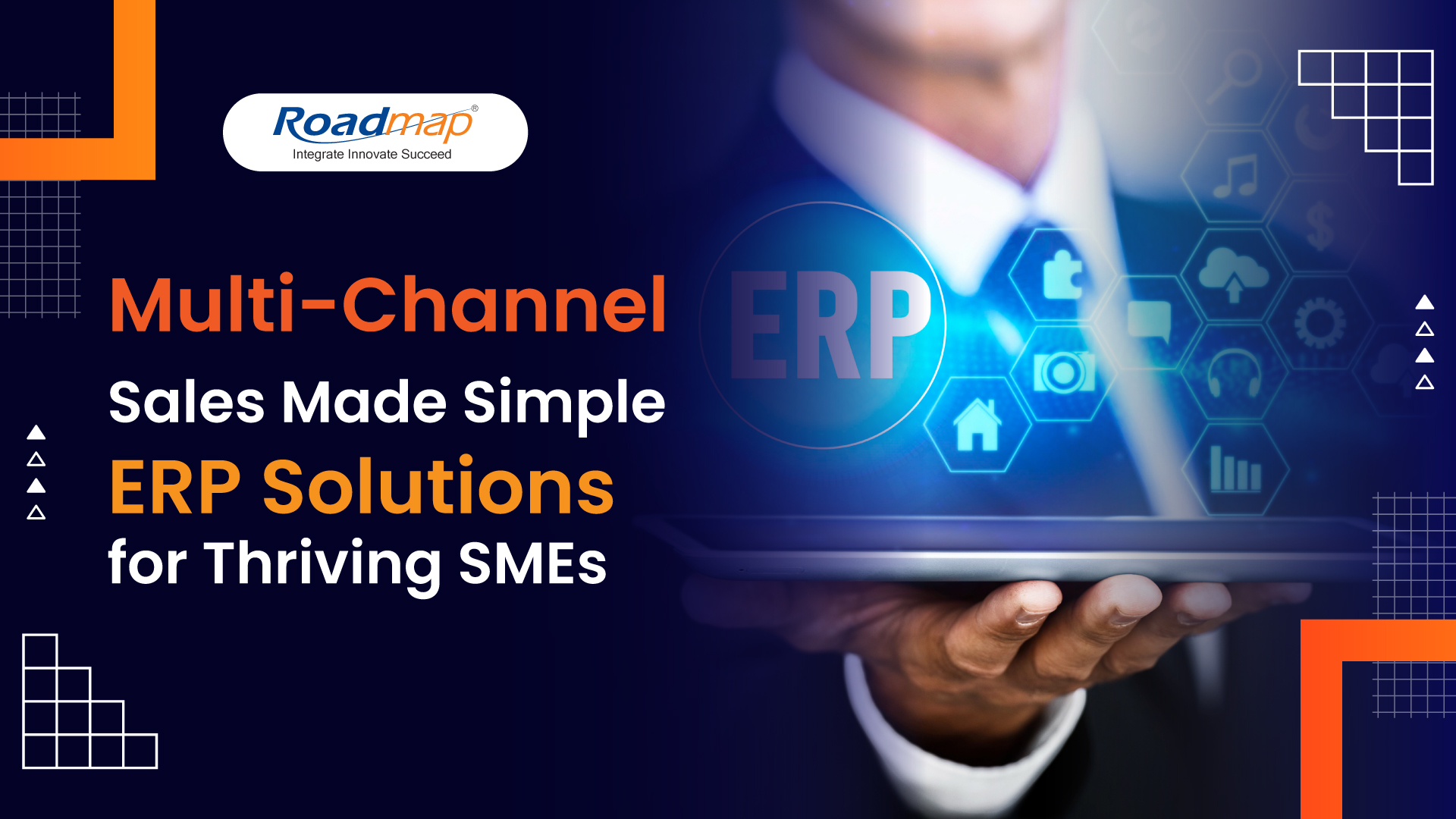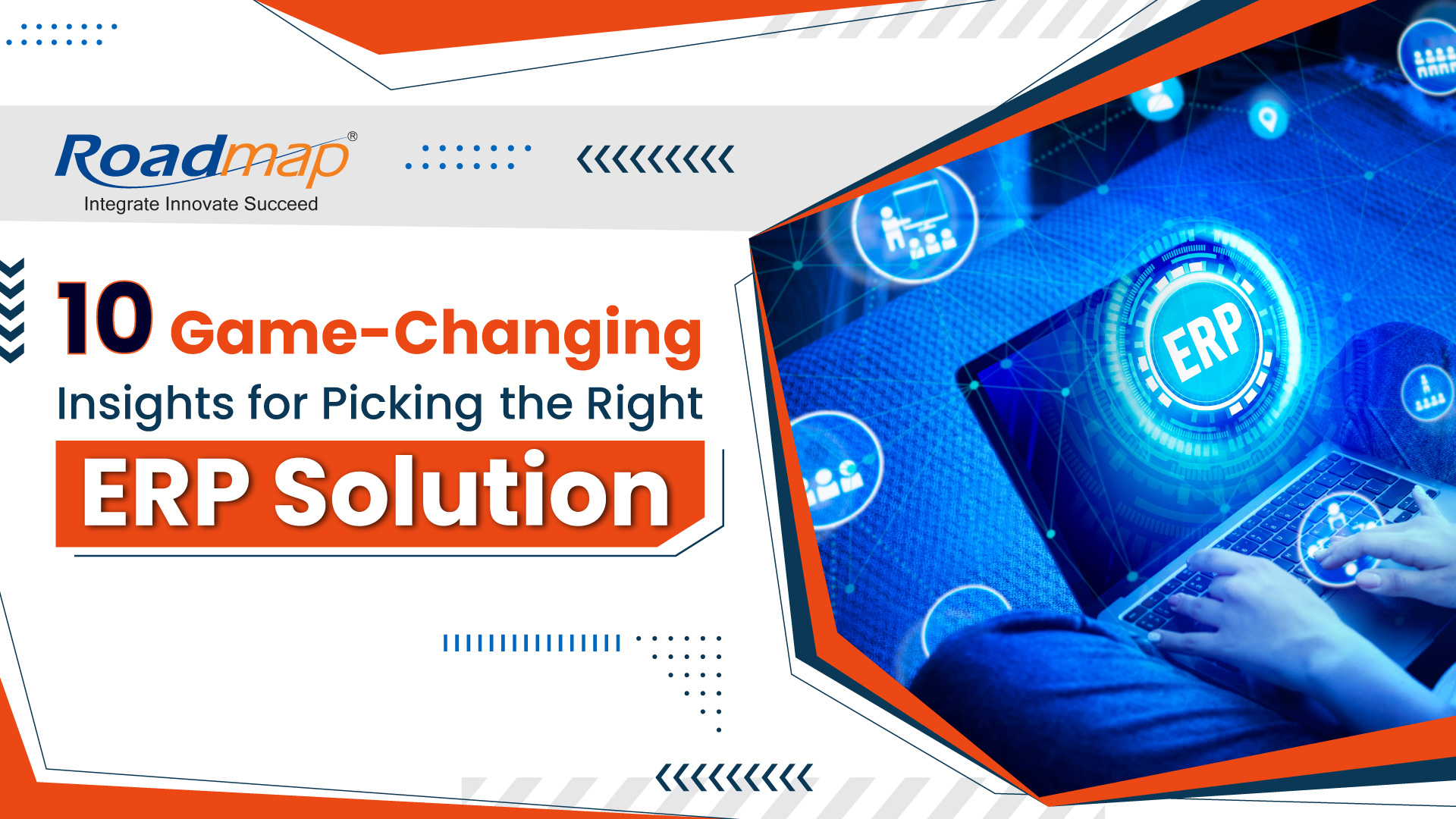
- Julius Rassou
- 27-Sep-2018 02:50:58
The Need for Businesses to go Digital – An Article
Abstract
The time is ripe for business owners, who are beginning to smell the sweet smell of success, to strive to Digitally Transform their business processes. But the spark and drive behind the need for the Digital Transformation should never be to show off technological supremacy in the market. Though technology plays the biggest role in Digital Transformation (DX), it never is the crux of the matter.
Engineering a Digital transformation should begin from the end of the business process chain, the end-user - CUSTOMER. The success rate of a business is first known by the feedback from its customers; and secondly, by the sincere and willing dedication of its staff to win the accolades from the customers. So it is imperative for DX to happen in a customer-centric and employee-friendly manner.
An ERP solution is the best means to bring about industrial digital transformation. But not all ERP software is built to bring about DX from a customer-centric and employee-friendly perspective. Only a scalable and flexible ERP, which is based on a strong software platform that allows its customization to suit all industry types and business models, can construct a successful industrial DX.
The following parts of this Article strive to elaborate the aforementioned facts to neutralize all misinterpretations and untoward hype about DX and to shed light upon what should be the correct motive to aspire for DX and the correct means by which it should be actualized.
1.0 Introduction
Digital Transformation is the process of infusing digital technology into all the core functionalities of a business to constructively automate and digitally streamline its workflow to the entirety, uplift the value of employee experience, and deliver ultimate customer experience/satisfaction.
As per International Data Corporation (IDC) "digital transformation (DX) goes way beyond simply using digital solutions"; and "involves leveraging technology to open up new revenue streams and create compelling customer experiences, all while using information to drive competitive advantage". The expenditure on DX technologies in 2017 shall amount to $1.2 trillion is IDC's forecast, and this is an increase of 17.8% over the expenses on DX in
To attain digital transformation, the concerned business has to align a powerful IT infrastructure with its business functions. Depending on the industry and market culture in which DX is brought about, operating platform; totality of digitization; application of technology; and implementation procedures may vary, but the end result to actualize elevated employee & customer experience will always remain constant.
2.0 How to Know the Need for DX?
The initial yet strong signs of dissatisfaction among clients and employees are the major indicators for any company to seriously think about choosing a digital means to constructively disrupt its business processes. Any business disregarding such needs for DX shall certainly lose its customers to the more tech-savvy players in the market and end up with nothing more than a pile of de-motivated staff. But a company that contemplates the possibilities of repositioning itself by digitally restructuring its business set-up and operations shall regain relevance in the market and win commendable successes.
2.1 Customer Dissatisfaction
The Customer's lack of interest in the products and services of a business is the chief factor that indicates its need for Digital Transformation. Tech-savvy customers do not compromise with the products and services of tech-deficient businesses. Lack of customer-experience would directly mean the inefficient performance of employees, who play the key role in bringing about customer satisfaction. Customers see the face of a company in its employees and what the employee would extend to the customer would directly mean the company's attitude towards its customers.
2.2 De-motivated Employees
The reason for inefficient employee-performance can be attributed to poor visibility of workflow, complicated structuring of the chain of command, and communication gaps that create falsified versions of data. Presently digital literacy has reached new heights and it is quite normal for employees to have better digital solutions at home than what they are provided at their workplace. So the mundane repetition of technologically deficient routine at work is bound to frustrate employees by depriving them of the privilege of exposure to innovative technology.
3.0 ERP for DX
Bringing about employee motivation could be challenging until there are disintegrated siloed systems or there is not a system at all to integrate the various departments of a business. Only when all the units of an organization are integrated, could the concerns of employees be addressed in the best interest of the company and the clients. Similarly, all efforts and goodwill to provide customer satisfaction shall in most cases come to nothing without a digital system that integrates and streamlines the workflow.
Thus, the best way to approach DX is to employ a technologically loaded, modern, robust, scalable, and flexible full-suite ERP that shall bring about employee motivation and customer satisfaction so that the products and services of the business shall deliver maximum customer experience.
4.0 Taking Digital Transformation by Its Horns
Businesses that are decisive about taking on Digital Transformation should first start by bridling the unbridled information/data from all sources. And this should be done with the main focus on customer experience while aligning the progress and success factors of ROI and other key business process requirements from its perspective.
4.1 Data Assimilation and Security
The collection of data in one common repository is the first and foremost requisite for Digital Transformation. ERP's Resource Pooling or centralized data storage facility brings this to pass by and empowers easy and uniform access to real-time & role-specific data from anywhere at any time. The faculty of the ERP to grant easy, immediate and role-specific access to real-time data for staff at all levels of operation ensures agile and accurate decision-making.
The ERP software prevents cyber attacks on businesses by integrating the business units into a single system and effectively siphoning data from all sources into its central data repository. This facility comes with a well monitored and firewalled single door inlet/outlet faculty that ensures absolute data security and full control over limiting/granting access to information.
4.2 Workflow Digitization & Start-up Mentality
Moving away from the comfort of a routine to adopt a better business process might in most cases be very uncomfortable. Yet relentlessly training to get comfortable with the uncomfortable shall certainly lead to great progress and success.
An organization has to rekindle the startup mentality it had in its beginning stages in order to conquer the lethargy to get trained to the new system. This would mean eradicating communication gaps by quashing hierarchical differences, awakening the sense of appreciation across the board, encouraging participation of employees from all levels to get involved in decision-making, etc. This would help all employees to become customer-focused, feel one with the mission of the organization, and take ownership of their jobs by considering the vision of the business stakeholders to be their own.
4.3 Training
Organizations should ensure the employment of the correct technology partners, who could smoothly deliver the change and bring about the transformation in the most user-friendly manner. Such an ERP provider shall enhance user-experience by providing dedicated training right from the beginning of the Project and through the course of the Project. In addition to training the users, the service provider shall strive to bring about the voluntary acceptance effect in the employees by ensuring the appropriation of a sizeable amount of the investment on ERP for the user-oriented expenses.
Generally, the training should be through short & targeted sessions that impart knowledge in sequential fragments and allows employees to have the time to practically put to use the knowledge acquired. But the central concept of the exercise should be to 'Train the Trainer', which means imparting process-specific in-depth training to the technically sound staff (core team) of the business. This rules-out vendor-dependency after implementation by ensuring that each department has a well-informed staff member, who could share their knowledge with the other staff and new recruits.
5.0 Conclusion
So, for a company that has tasted success but is beginning to feel the brunt of customer dissatisfaction, the question is not whether it needs to adopt DX, but only the extent to which it needs to adapt to digital technologies. Once a business goes on board the transformation process and it shall regain substantial market presence, while the ERP and its support team would quite habituate the business to stay updated and in tandem with its real-time market scenario.





